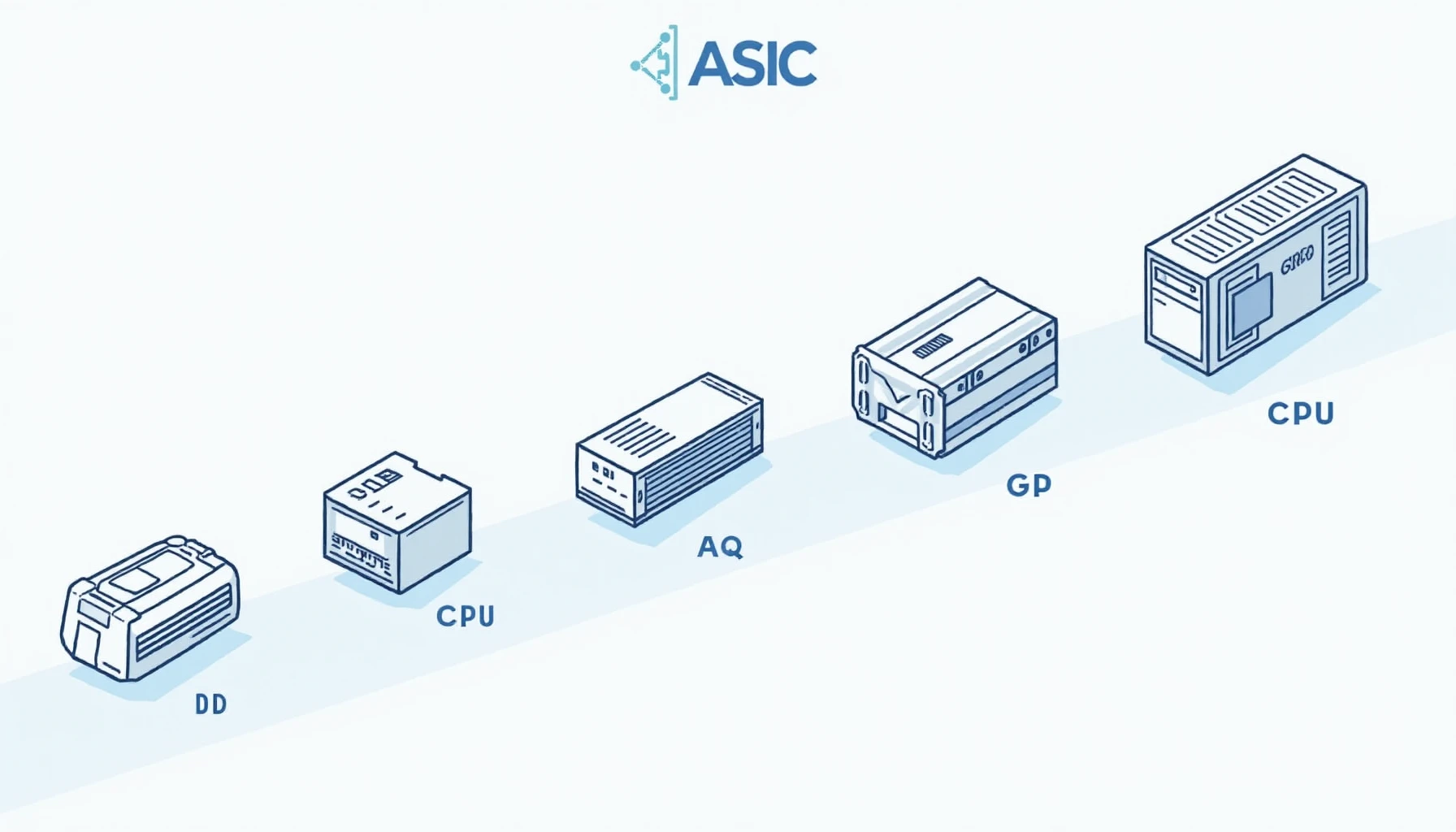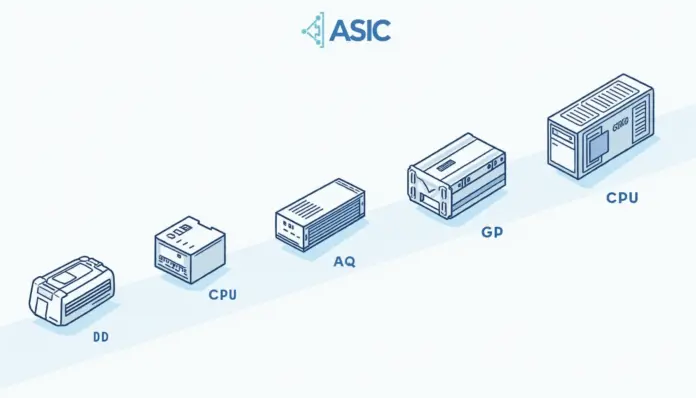Introduction
Did you know that more than 2.5 million people are involved in cryptocurrency mining today? Yet, only a fraction fully understands the impact of choosing the right mining hardware. As technology continues to advance, understanding cryptocurrency mining hardware evolution is critical for maximizing returns.
1. What is Cryptocurrency Mining?
Cryptocurrency mining refers to the process of verifying transactions on the blockchain, a decentralized ledger technology. Miners utilize complex algorithms to secure the network and earn rewards in digital currency. In simpler terms, it’s like running a highly sophisticated calculator that locks in transactions and generates new coins.
Different Types of Mining Hardware
- CPU Mining: Initially, central processing units (CPUs) were the go-to for mining. It’s akin to using a regular kitchen blender; it gets the job done but is not the most efficient.
- GPU Mining: Graphics Processing Units (GPUs) took over, significantly increasing efficiency and power. This setup resembles a high-end food processor that can handle more complex recipes.
- ASIC Mining: Application-Specific Integrated Circuits (ASICs) are specialized hardware designed solely for mining. Imagine this as a world-class chef’s kitchen, optimized for both speed and precision.
2. The Evolution of Mining Equipment
The evolution of cryptocurrency mining hardware has seen drastic changes from humble beginnings to specialized equipment catering to the needs of miners. The shift from CPU to GPU and finally to ASIC mining demonstrates how the industry has raced to increase efficiency and power.

Emerging Trends in Mining Hardware
- Sustainability: As energy consumption becomes a growing concern, new mining rigs focus on renewable energy sources, reducing their environmental impact.
- Cloud Mining: Users can rent mining power online, eliminating the need for physical hardware, akin to using a pay-as-you-go cloud storage solution.
3. Key Factors Influencing Mining Hardware Choices
Before investing, each miner should consider several factors that assist in determining the best hardware for their needs.
- Hash Rate: This defines the speed at which a miner can solve blockchain equations. Higher hash rates equate to better chances of earning rewards, much like higher scores in a video game.
- Energy Consumption: Miners must balance the cost of electricity with the earnings from mining. An inefficient machine can significantly cut into profits.
- Cooling Solutions: Increased hardware efficiency often generates more heat. An effective cooling system is essential for maintaining optimal performance.
4. Future of Cryptocurrency Mining Hardware
According to a Chainalysis 2025 report, the Asia-Pacific region’s transaction volume is projected to grow by 40%. As such, innovation in mining hardware will likely evolve to meet increasing demands.
What’s Next?
- Better Efficiency: Expect advancements that underscore efficiency will be the top priority, potentially leading to better algorithms and energy-efficient designs.
- Integration with AI: The merging of artificial intelligence can lead to more intelligent mining solutions, foreseeing market changes and optimizing mining strategies.
Conclusion
Understanding the cryptocurrency mining hardware evolution is vital for anyone looking to enter the field. By selecting the right equipment, miners can maximize their profitability and contribute to the blockchain ecosystem. Interested in enhancing your mining knowledge? Download our comprehensive guide!




